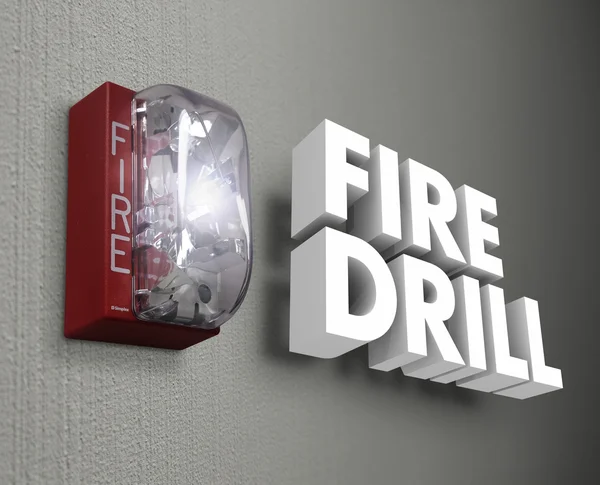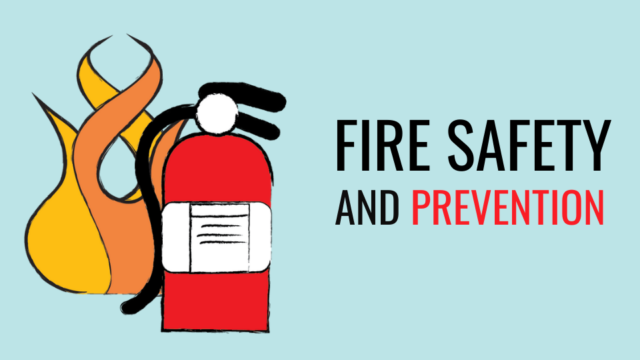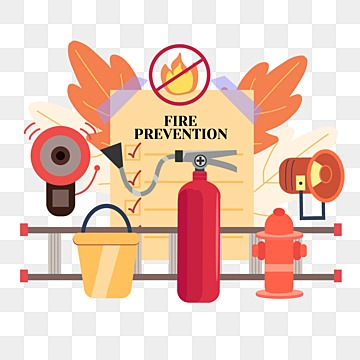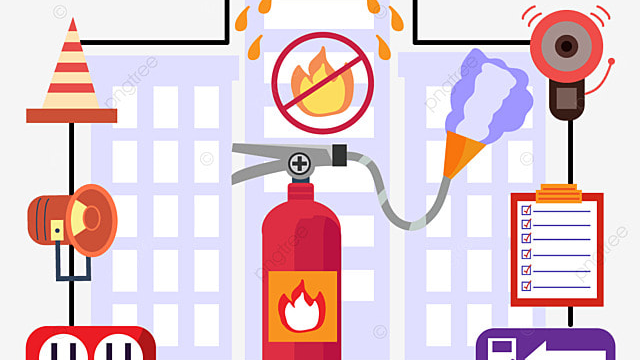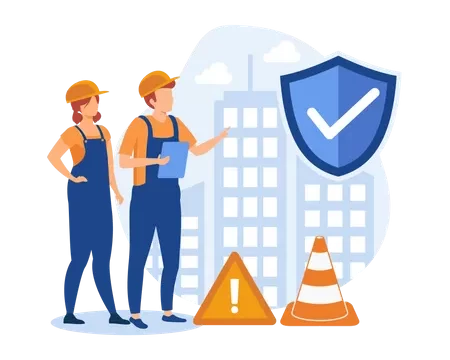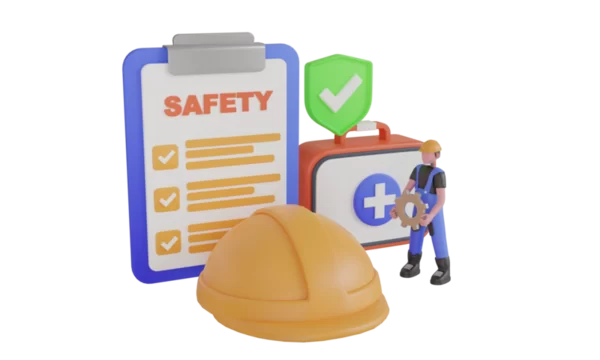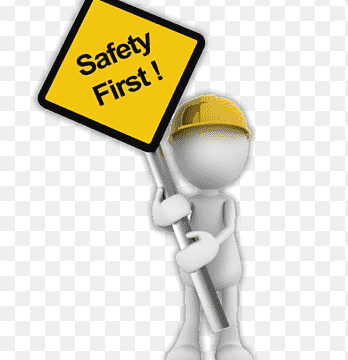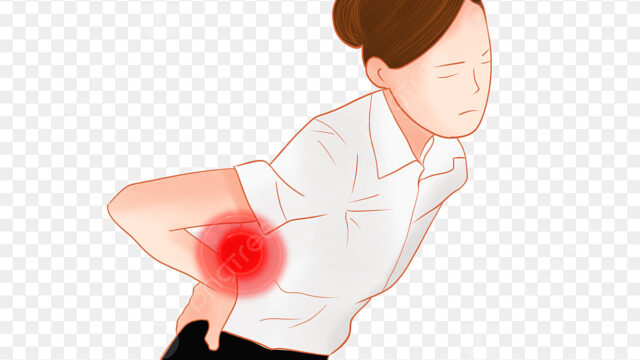Popular
Fire Drill & Evacuation
Description
Course Outline
- Introduction to Fire Safety
- Importance of fire drills and evacuation training
- Overview of fire hazards and risks in different environments
- Understanding Fire Emergencies
- Fire classifications (Class A, B, C, D, and K fires)
- Causes of fire and prevention measures
- How fire spreads and the "fire triangle" (Heat, Fuel, Oxygen)
- Emergency Preparedness
- Roles and responsibilities in fire emergencies
- Understanding the workplace/building emergency evacuation plan
- Location and usage of emergency exits, assembly points, and fire alarms
- Fire Detection and Response
- Recognizing fire alarm signals
- How to activate fire alarms
- Immediate actions upon discovering a fire
- Evacuation Procedures
- Evacuation drills: step-by-step process
- Evacuation protocols for vulnerable populations (e.g., disabled, elderly)
- Importance of remaining calm and following instructions
- Firefighting Equipment
- Types of fire extinguishers and their appropriate use
- Basic operation of fire extinguishers using the PASS method (Pull, Aim, Squeeze, Sweep)
- Other firefighting tools and safety equipment
- Post-Evacuation Actions
- Role call and headcounts at assembly points
- Reporting to emergency services
- Evaluation of the evacuation process and debriefing
- Practical Fire Drill
- Conducting a simulated fire evacuation
- Real-time feedback and improvement suggestions
Course Objectives
- To educate participants on fire hazards, prevention, and response.
- To enhance the preparedness of individuals for fire emergencies.
- To ensure participants are familiar with their building's emergency evacuation procedures.
- To provide hands-on training for using firefighting equipment and practicing evacuation drills.
- To foster a culture of safety and readiness in the workplace or community.
Learning Outcomes
By the end of the course, participants will be able to:
- Identify common fire hazards and understand the importance of fire safety.
- Demonstrate knowledge of fire classifications and appropriate firefighting techniques.
- Respond effectively to fire emergencies, including activating alarms and evacuating safely.
- Use basic firefighting equipment confidently and correctly.
- Perform a structured evacuation following established protocols.
- Evaluate their environment for fire safety risks and propose improvements.
Methodology
The training will employ a combination of:
- Classroom Instruction:
- Lectures with presentations (including visuals, videos, and infographics)
- Discussions to address participant concerns and share experiences
- Interactive Activities:
- Group exercises to identify fire hazards and improve emergency planning
- Role-playing scenarios to practice evacuation procedures
- Practical Demonstrations:
- Hands-on practice with fire extinguishers and other equipment
- Step-by-step guidance on using emergency exits and assembly points
- Simulated Fire Drill:
- Full-scale mock evacuation to test knowledge and readiness
- Real-time assessment with feedback on strengths and areas for improvement
- Evaluation and Debriefing:
- Short quizzes or verbal Q&A sessions to reinforce learning
- Group discussion to evaluate the fire drill and highlight best practices
Location
Review
Write a ReviewThere are no reviews yet.

